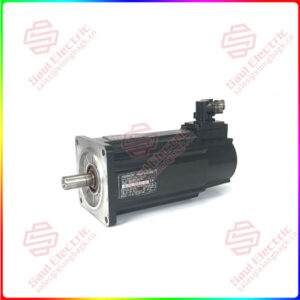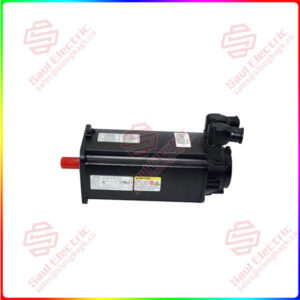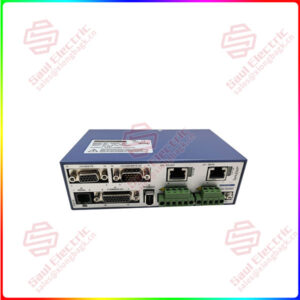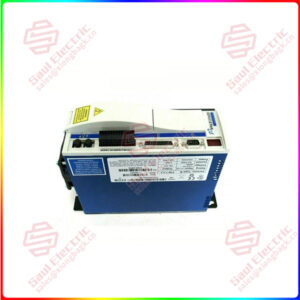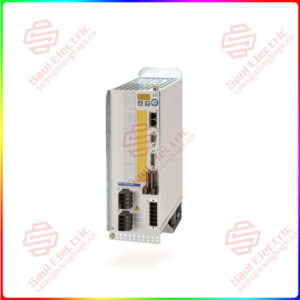Description
概观
Essential details:1080-00126 SGDH-01AE-N3Y900 Servo Drive
1080-00126 SGDH-01AE-N3Y900 looks like the type or identifier of some kind of servo drive. Servo drives are devices used to control servo motors, often used in applications that require high-precision motion control, such as industrial automation, robotics, CNC machine tools, etc.
From the logo, we can try to interpret the meaning of each part:
1080-00126 May be the specific model or product code of the servo drive.
SGDH-01AE may indicate the series or type of the drive. Where SGDH may represent a family of servo drives, and 01AE May represent a specific model or variant within that family.
The N3Y900 may represent certain specifications or characteristics of the drive. For example, N3 might represent a certain technical specification or configuration, while Y900 might represent power rating or other performance-related parameters.
The main functions of the servo drive include:
Motion control: precisely control the position, speed and acceleration of the servo motor according to the input command or signal.
Speed control function: By adjusting the speed of the motor, to achieve accurate speed control.
Torque control: Control the torque output of the servo motor to meet the precise requirements of force or torque in the application.
Closed-loop control: encoders or other feedback devices are usually equipped to achieve closed-loop control and improve motion accuracy and stability.
Communication interface: supports a variety of communication protocols and interfaces, such as EtherCAT, PROFIBUS, CAN, etc., to facilitate communication and data exchange with the superior control system or other devices.
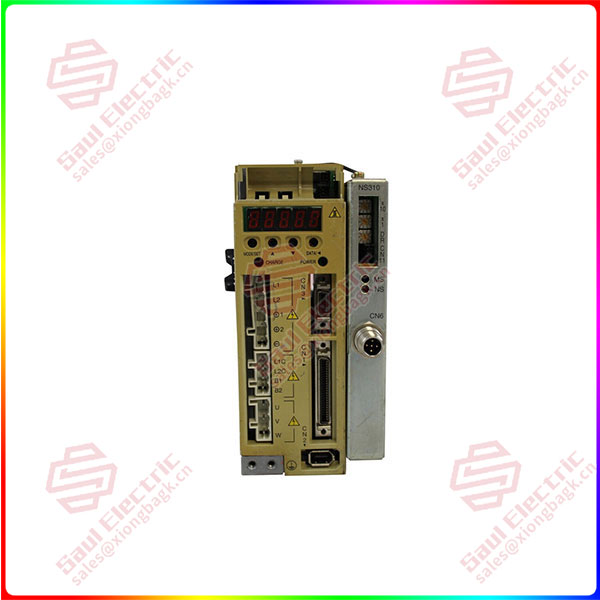
1080-00126
lf you need to inquire or purchase ,please send the product models to my email or call medirectly .
sunny He
[Email] sales@saulcontrol.com
[Mobile] 86-18059884797
[WhatsApp] 86-18059884797
[Skype] sales@saulcontrol.com
1080-00126 SGDH-01AE-N3Y900 Servo Drive
The working principle of servo drive is based on closed-loop control system and feedback mechanism. Its core task is to convert the received control signals into precise control of the servo motor to achieve the desired position, speed and acceleration.
The following is a brief description of how the servo drive works:
Control signal input: The servo driver receives the control signal from the upper control system (such as PLC, motion controller, etc.). These signals usually contain information about the desired motor position, speed, or acceleration.
Signal conversion: The control circuit inside the servo driver converts the received control signal into the appropriate drive signal, which is usually a voltage or current signal.
Power amplification: The converted drive signal is amplified by a power amplifier to provide enough power to drive the servo motor.
Motor drive: The amplified drive signal is sent to the servo motor to drive the motor to rotate. Servo motors are usually three-phase motors that require three-phase AC power to drive.
Feedback mechanism: Servo drives are usually equipped with encoders or other feedback devices to monitor the actual position, speed and acceleration of the motor in real time. This feedback is sent back to the servo drive and compared to the desired position, speed and acceleration.
Error detection and adjustment: The servo driver calculates the error between the expected value and the feedback value, and adjusts the drive signal according to this error to correct the motor’s motion state. This process is the core of closed-loop control, which ensures that the motor is moving precisely in accordance with the desired motion trajectory through continuous detection and adjustment.
Motion control: Continue to drive the motor according to the error-adjusted drive signal to achieve accurate position, speed and acceleration control.
The performance of servo drive depends largely on its internal control algorithm and feedback mechanism. By optimizing the algorithm and improving the feedback precision, the motion control precision and stability of the servo drive can be further improved. In addition, servo drives typically support a variety of control modes, such as position control mode, speed control mode and torque control mode, to meet the needs of different applications.


 1 Year Warranty
1 Year Warranty
